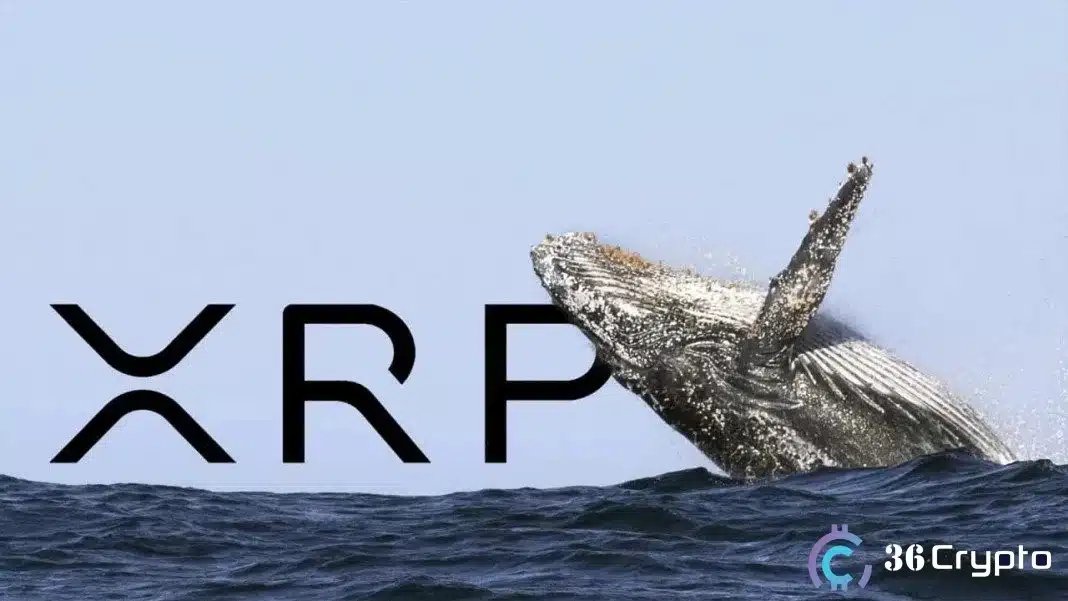Dow Jones futures hover near 46,700 during European hours on Thursday, ahead of the regular session opening in the United States (US). However, the S&P 500 futures advance 0.17% to stay above 6,750, while Nasdaq 100 futures rise 0.37% to break above 25,100.
US index futures show mixed performance as traders largely shrug off concerns over the ongoing US government shutdown. However, the shutdown put thousands of federal jobs at risk after partisan divisions blocked Congress and the White House from reaching a funding agreement.
The US Bureau of Labor Statistics halted virtually all activity, which may cause the delay of the September US Nonfarm Payrolls (NFP) report due on Friday. On Wednesday, the US ADP Employment Change showed the private sector payrolls declined by 32,000 in September, while annual pay growth was 4.5%. This figure followed the 3,000 decrease (revised from a 54,000 increase) reported in August and came in below the market expectation of 50,000.
On Wednesday’s regular session, the Dow Jones rose 0.09%, while the S&P 500 advanced 0.34% and the Nasdaq Composite gained 0.42%. Health-care stocks led the rally, with Regeneron climbing 6.7%, Moderna up 6.8%, and AbbVie gaining 5.5%. Additional support came from optimism over Pfizer’s 2.2% rise following its deal with the White House on Medicaid drug pricing.
US stocks also draw support as the labor market weakness boosts bets on further Federal Reserve (Fed) rate cuts. The CME FedWatch Tool suggests that markets are now pricing in a 99% chance of a Fed rate cut in October and an 87% possibility of another reduction in December.
Dow Jones FAQs
The Dow Jones Industrial Average, one of the oldest stock market indices in the world, is compiled of the 30 most traded stocks in the US. The index is price-weighted rather than weighted by capitalization. It is calculated by summing the prices of the constituent stocks and dividing them by a factor, currently 0.152. The index was founded by Charles Dow, who also founded the Wall Street Journal. In later years it has been criticized for not being broadly representative enough because it only tracks 30 conglomerates, unlike broader indices such as the S&P 500.
Many different factors drive the Dow Jones Industrial Average (DJIA). The aggregate performance of the component companies revealed in quarterly company earnings reports is the main one. US and global macroeconomic data also contributes as it impacts on investor sentiment. The level of interest rates, set by the Federal Reserve (Fed), also influences the DJIA as it affects the cost of credit, on which many corporations are heavily reliant. Therefore, inflation can be a major driver as well as other metrics which impact the Fed decisions.
Dow Theory is a method for identifying the primary trend of the stock market developed by Charles Dow. A key step is to compare the direction of the Dow Jones Industrial Average (DJIA) and the Dow Jones Transportation Average (DJTA) and only follow trends where both are moving in the same direction. Volume is a confirmatory criteria. The theory uses elements of peak and trough analysis. Dow’s theory posits three trend phases: accumulation, when smart money starts buying or selling; public participation, when the wider public joins in; and distribution, when the smart money exits.
There are a number of ways to trade the DJIA. One is to use ETFs which allow investors to trade the DJIA as a single security, rather than having to buy shares in all 30 constituent companies. A leading example is the SPDR Dow Jones Industrial Average ETF (DIA). DJIA futures contracts enable traders to speculate on the future value of the index and Options provide the right, but not the obligation, to buy or sell the index at a predetermined price in the future. Mutual funds enable investors to buy a share of a diversified portfolio of DJIA stocks thus providing exposure to the overall index.
Source: https://www.fxstreet.com/news/dow-jones-futures-remain-steady-as-traders-expect-brief-government-shutdown-202510020917


